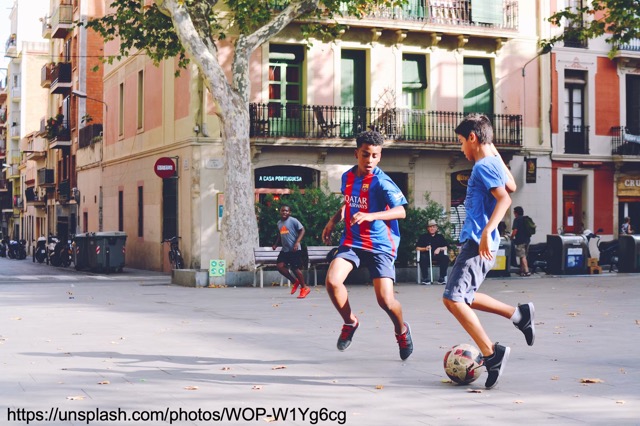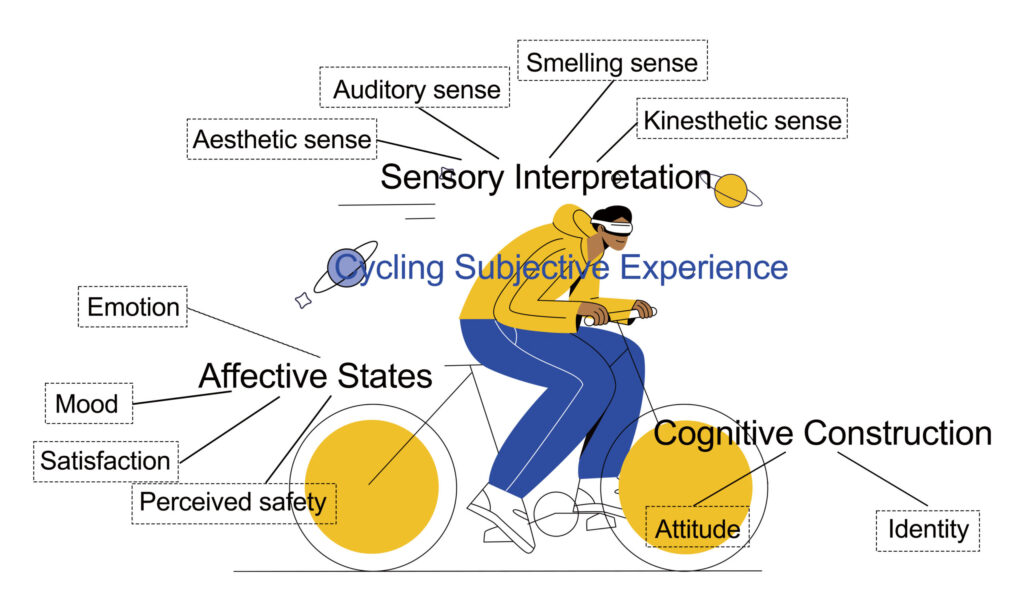By Kai Röth
intern at Urban Cycling Institute
More and more cities around the globe strive to become more sustainable and livable through reducing the impacts of car traffic. One step is to reduce the maximum speed that cars are allowed to drive. In the next two years also Amsterdam wants to limit car speeds to 30 km/h. What exactly are the motivations that drive cities to that decision? What do studies say about the effects? And have we been missing something important?
In a recent study, I analyzed 14 major or front-running cities which have made 30 km/h the standard speed limit for cars. Most of them were mostly motivated by the following goals: improving traffic safety, reducing traffic noise, and increasing active traffic modes like cycling and walking. As you can see, the focus strongly lies on traffic. Several cities also had the goal of increasing the livability and the significance of public space, but these aspects were usually named less prominently. When looking at the measured effects a similar focus on traffic-related aspects becomes apparent: it has been extensively measured and documented by scientists how a reduced speed limit affects crashes/injuries numbers, noise levels, driven speeds, and traffic flow. However, the wider effects of lower speeds on other aspects – social, psychological, health, public space – remain poorly studied.
One can argue that these wider effects are more difficult to measure. Nevertheless, several studies exist which have investigated the wider effects of car traffic. For example, there are the famous investigations by Donald Appleyard from the 1970s on how residents have fewer connections and interactions with neighbors when they live on a street with heavy car traffic compared to a street with light car traffic. Also, the area of the street which is perceived as home territory is smaller when residents are exposed to higher levels of car traffic.

Furthermore, there are several studies that have investigated the wider effects of reduced car traffic during street experiments. During street experiments car space space is used for other activities and functions. For many it was shown that they affected various variables that are on first sight not directly related to traffic: social interactions, social cohesion, social safety, perceived street ownership, physical and mental health, stress levels, child play, attractiveness of the street, and perceived quality of life.
If these variables are affected by car traffic, they are potentially also affected by lower speeds that cars are allowed to drive. When cities reduce the speed limit it provides an opportunity to study these effects by doing a before-after-comparison. But how exactly can one measure aspects like social interactions/cohesion, street ownership/attractiveness, and quality of life? To answer this question I performed a pilot study in which I tested various measures: First, in personal interviews people on the street were asked questions and how much they agree to statements like “The environment of this street is friendly” and “I know the neighbors in my street well”. Second, counting objects like benches, pot plants, and play gear. The idea is that they correlate with how much time people spend on the street and how much they care about their street. Third, observing and quantifying behavior like sitting, standing, talking, playing, working, and doing all kind of other activities except from just moving from A to B.
From my investigations it became clear that a lower speed limit for cars could have an impact on many more aspects than just traffic. Cities should have these wider effects in mind when they discuss a lower speed limit or other measures that reduce the impacts of car traffic. And scientists should set up studies that properly investigate the wider effects.
Kai Röth (2022). Reduced speed limits in urban settings: motivations, measures & effects. Working Paper Series, Centre for Urban Studies, University of Amsterdam: https://urbanstudies.uva.nl/content/working-paper-series/working-paper-no.-62.html



